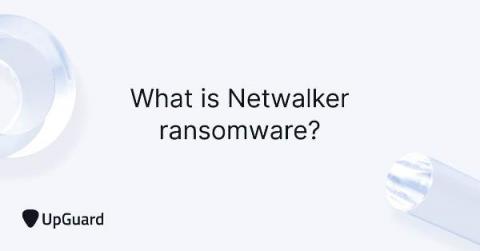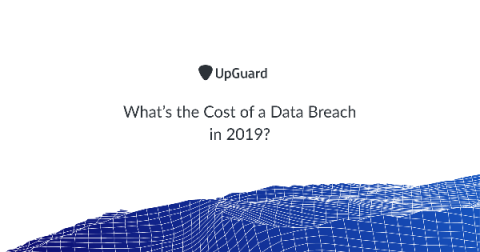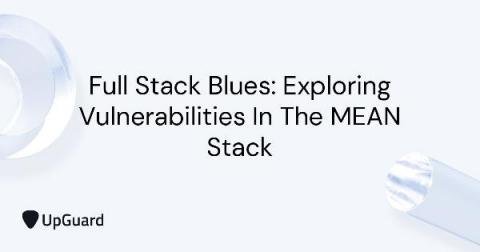Website Security: How to Protect Your Website Checklist
Putting a website on the internet means exposing that website to hacking attempts, port scans, traffic sniffers and data miners. If you’re lucky, you might get some legitimate traffic as well, but not if someone takes down or defaces your site first. Most of us know to look for the lock icon when we're browsing to make sure a site is secure, but that only scratches the surface of what can be done to protect a web server.











